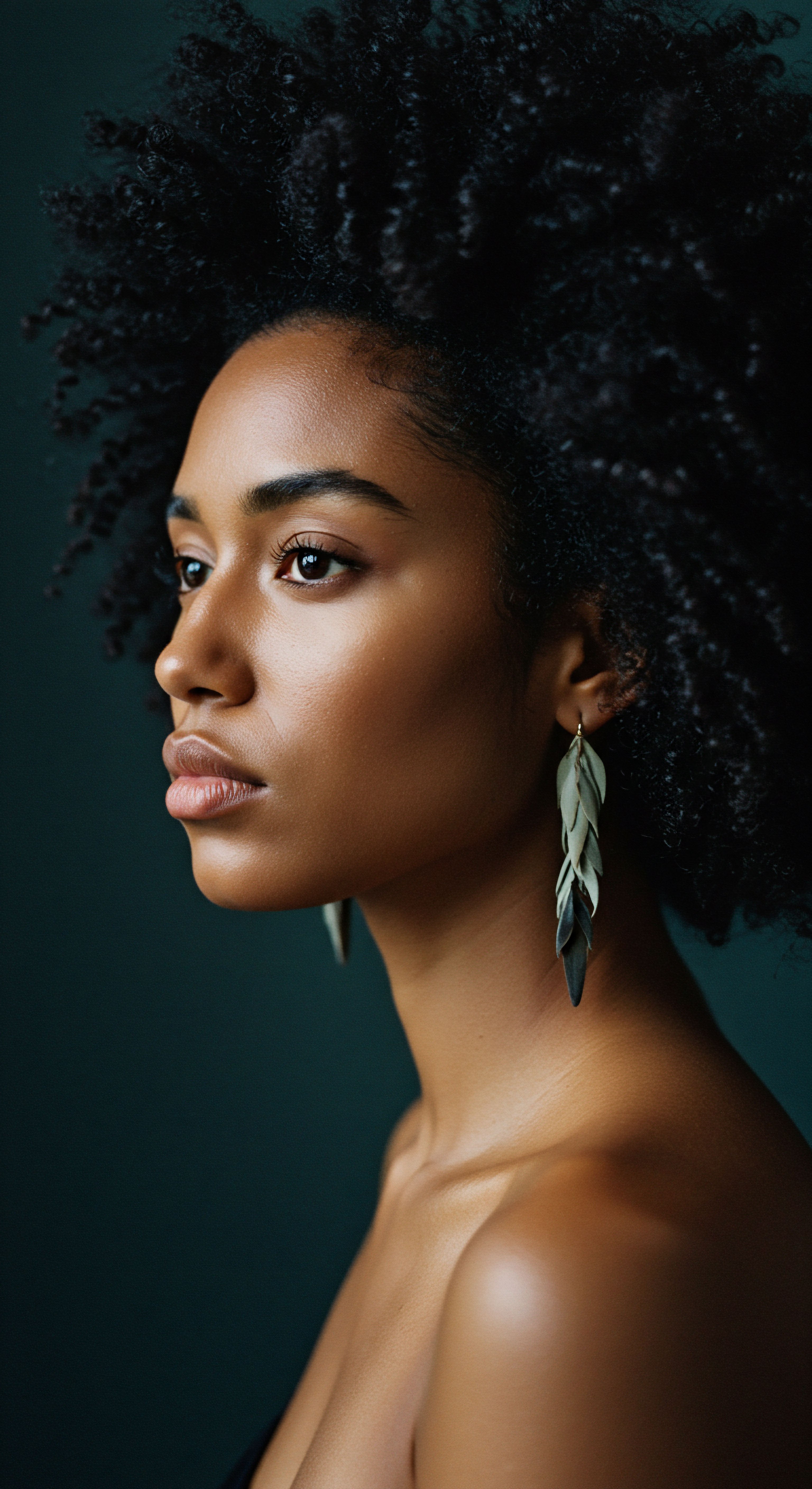
Roots
The strands that crown us hold more than just a place in our appearance; they carry echoes of ages past, whispers of ancestry, and the quiet power of connection. For early African cultures, braided hairstyles were never simply about aesthetic appeal. They were a profound language, a living chronicle etched upon the scalp, speaking volumes about identity, community, and the unseen forces that shaped daily existence. To truly grasp the spiritual weight of these styles, one must listen with an open heart to the stories held within each coil and braid, recognizing hair as a vital extension of the self, reaching towards both earth and sky.

The Hair as a Spiritual Antenna
Across various African societies, the head was considered the highest point of the body, a sacred gateway. This elevation positioned hair as a direct conduit to the divine, a receiver and transmitter of spiritual energy. The belief held that blessings, wisdom, and communication from ancestors or deities could enter through the crown.
This made hair care and styling not just a personal ritual, but a communal act with cosmic implications. For example, Mohamed Mbodj, an associate professor of history at Columbia University, notes that hair’s elevated position made it “the closest to the divine,” leading to the belief that communication could pass through it.
This perception imbued braided styles with significant spiritual power. Each pattern, each section, each adornment could serve a purpose beyond beauty, perhaps inviting good fortune, warding off malevolent spirits, or strengthening a connection to the spiritual realm. The deliberate act of braiding, often a communal activity, could be seen as a meditative practice, aligning the individual with these higher energies.
Hair, seen as the body’s highest point, served as a powerful spiritual antenna in many early African cultures, connecting individuals to divine forces and ancestral wisdom.

Anatomy and Cosmology of Hair
The very structure of textured hair, with its coils and spirals, was often perceived as a mirror of natural phenomena and cosmic patterns. Galaxies, shells, and even the winding paths of rivers exhibit spiral formations. This natural inclination of African hair to grow upwards, defying gravity, further reinforced its connection to the heavens and its capacity to absorb energy from the sun and atmosphere. This cosmological understanding transformed hair from a mere biological feature into a living, responsive part of one’s spiritual being.
The nervous system, too, finds its reflection in hair’s sensitivity. Just as the hairs on our skin react to temperature changes or subtle shifts in our environment, so too was the hair on the head believed to sense spiritual currents. This deep sensitivity meant that hair could act as an early warning system, perceiving the presence of unseen energies or intentions. This concept is not dissimilar to the modern saying, “the hairs on the back of my neck stand up,” which suggests an intuitive perception of a situation.

Braided Lexicon of Identity and Status
Beyond its spiritual role, braided hair functioned as a complex visual language, conveying a wealth of information about an individual’s life within their community. This living lexicon spoke of age, marital status, social rank, wealth, and even religious affiliation. The specific patterns, the direction of the braids, the inclusion of beads, shells, or other adornments—all carried meaning, understood by those within the cultural group.
- Age and Passage ❉ Braids often marked significant life stages. Young girls might wear certain styles signifying their youth, transitioning to more elaborate designs upon reaching puberty or marriageable age. For instance, in the Wolof culture of Senegal, young girls would partially shave their heads to indicate they were not yet courting.
- Marital Status ❉ A woman’s marital status was frequently conveyed through her hairstyle. Married women might wear styles that differed markedly from those of single women, sometimes incorporating specific symbols or covering their hair in particular ways.
- Social Standing ❉ Elaborate or difficult-to-create styles often denoted higher social standing or wealth, as such styles required time, skill, and often the use of precious adornments. Leaders, both men and women, often wore the most ornate styles, sometimes paired with headpieces.
| Cultural Element Conveyed Social Standing |
| Illustrative Example More complex styles for leaders or royalty. |
| Cultural Element Conveyed Marital Status |
| Illustrative Example Distinct patterns for single versus married individuals. |
| Cultural Element Conveyed Age or Life Stage |
| Illustrative Example Specific styles for children, adolescents, or those undergoing initiation. |
| Cultural Element Conveyed Tribal Affiliation |
| Illustrative Example Unique braiding patterns identifying a person's community. |
| Cultural Element Conveyed Spiritual Connection |
| Illustrative Example Styles believed to ward off evil or invite blessings. |
| Cultural Element Conveyed These examples demonstrate the diverse information communicated through braided hair. |
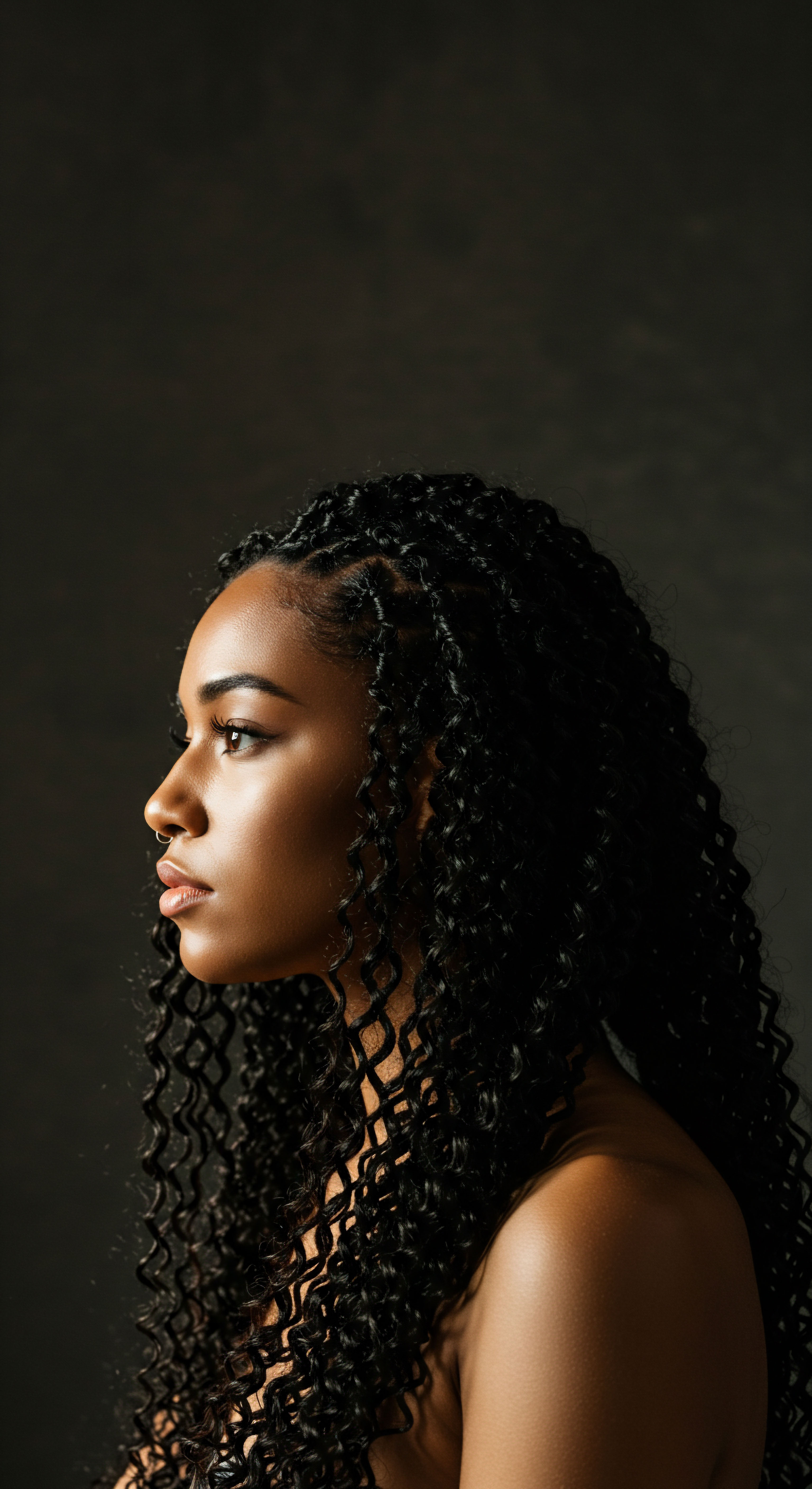
Ritual
Moving from the foundational understanding of hair’s spiritual significance, we arrive at the practical expressions of this belief ❉ the rituals and practices surrounding braided hairstyles. These were not casual acts of grooming; they were purposeful ceremonies, laden with meaning and executed with intention. The hands that braided were often considered skilled artisans, even spiritual practitioners, guiding not just hair but also energy. This section steps into the intimate spaces where these practices unfolded, revealing the careful artistry and profound respect given to hair as a sacred medium.

Braiding as a Sacred Practice
The act of braiding itself was often a communal and ceremonial event, far removed from the hurried styling of modern times. It provided an opportunity for bonding, storytelling, and the transmission of cultural knowledge from elder to younger generations. In many societies, skilled braiders were highly respected, their hands considered capable of weaving not just hair, but also blessings, protection, and identity into the strands. This process could take many hours, sometimes even days, turning hair care into a prolonged social gathering.
The specific tools used in braiding also held cultural significance. Combs, for instance, were not merely functional objects but could be carved with symbols representing a particular group, spiritual meaning, or personal history. The very act of preparing the hair, detangling, and sectioning, could be seen as a meditative preparation, clearing away the old to make space for new energies and intentions to be woven in.

Protective Styling and Spiritual Safeguarding
Many braided styles served as protective measures, shielding the hair from environmental elements, but also, critically, from unseen spiritual forces. The tightly woven patterns were believed to act as a barrier, preventing negative energies from entering through the crown, the spiritual gateway. This dual function of protection—physical and spiritual—underscores the holistic approach to hair care in early African cultures.
- Ward Against Evil ❉ Some ancient Egyptian braids, for example, were believed to ward off evil spirits and bring good fortune. The practice of adorning hair with amulets and charms was common, seen as a guard against malevolent forces.
- Maintaining Balance ❉ Certain styles might be adopted during specific periods, such as mourning, to signify a spiritual state or to prevent unwanted spiritual influences. Widowed women in some communities would stop attending to their hair during mourning, a practice linked to appearing unattractive to others.
- Ceremonial Preparation ❉ Braids were often part of preparations for significant rites of passage, such as initiation ceremonies for young women, signifying their transition to adulthood and spiritual readiness. The Mbalantu women, for instance, undergo ceremonies around age 12 to promote hair growth, coating it with a paste that remains for years before being freed, marking their passage into womanhood at 16 with the characteristic “Eembuvi” braid.
The purposeful creation of braided styles in early African cultures was a sacred act, offering not only physical protection but also spiritual safeguarding, with each strand potentially acting as a shield against unseen forces.

Hair as a Symbol of Life and Fertility
The growth and abundance of hair were often linked to concepts of life, prosperity, and fertility. Long, thick hair was admired and seen as a sign of vitality and the capacity for abundance. This connection extended to the spiritual realm, where a healthy head of hair could symbolize a thriving spirit and a connection to life-giving forces.
For the Mende people of Sierra Leone, hair is closely tied to femininity and likened to how forests grow from the earth, symbolizing the life force, multiplying power of abundance, prosperity, and the ability to bear healthy children. This view positions hair not just as a part of the body, but as a living manifestation of life’s creative power.
| Ritual Context Initiation Ceremonies |
| Hair's Role Signifies transition to adulthood or new social status. |
| Ritual Context Mourning Periods |
| Hair's Role May involve shaving or specific unkempt styles. |
| Ritual Context Spiritual Protection |
| Hair's Role Braids or adornments used to ward off negative energies. |
| Ritual Context Fertility Rites |
| Hair's Role Long, healthy hair symbolizing life and abundance. |
| Ritual Context Communication with Divine |
| Hair's Role Hair as a channel for spiritual messages. |
| Ritual Context Hair served as a central element in many life-affirming and protective rituals. |
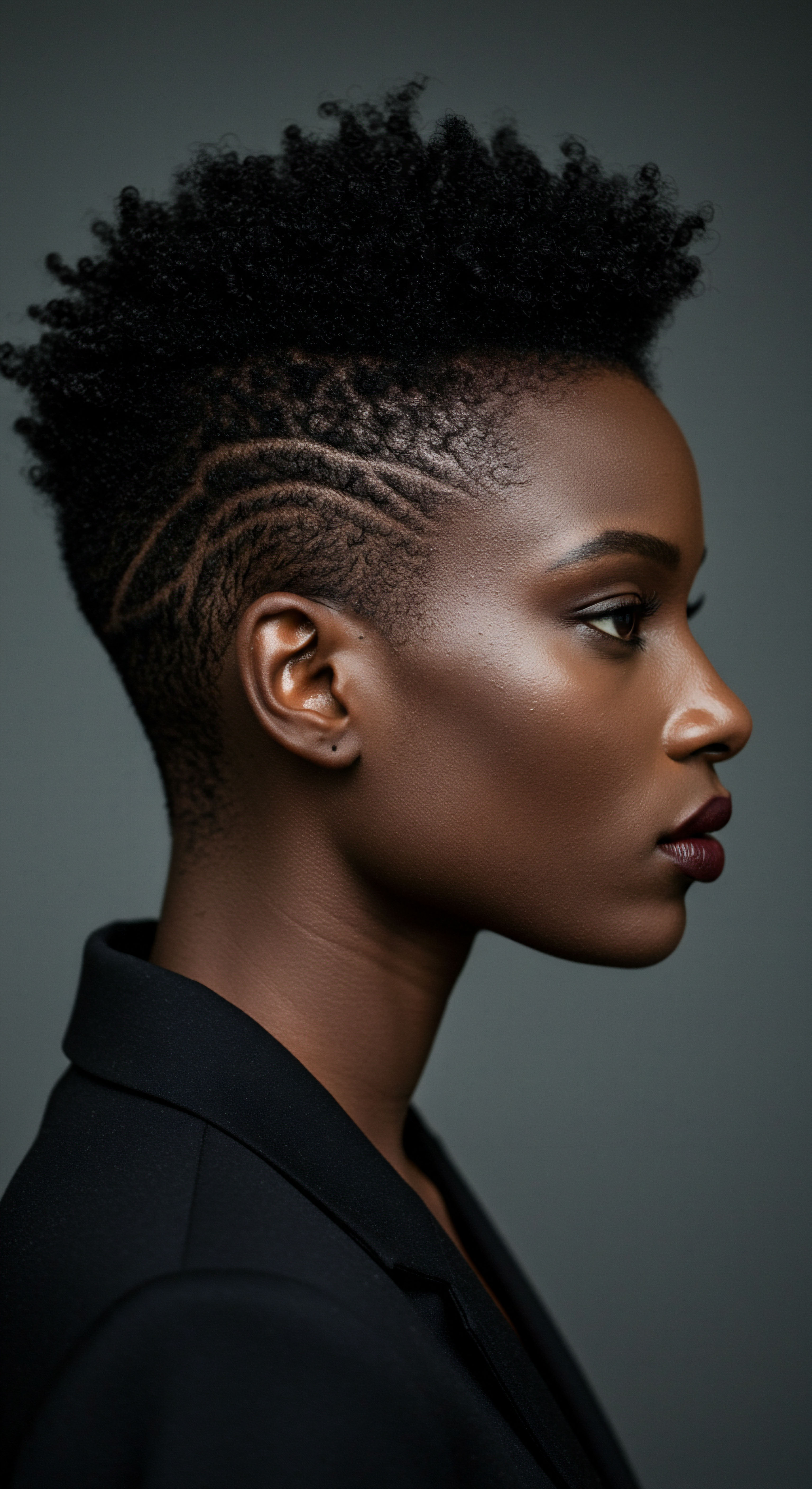
Relay
As we move deeper into the meaning held within braided traditions, we recognize that these practices were not static. They represent a dynamic dialogue between the physical and the metaphysical, between individual expression and collective identity, between historical memory and living tradition. This section bridges the scientific understanding of textured hair with the profound cultural and spiritual narratives that define its place in early African societies, offering a multi-dimensional lens through which to appreciate its enduring power.

The Head as a Seat of Power and Spirit
The significance of the head as the primary point of contact with the spiritual realm meant that hair care was never a trivial matter. The very top of the head was considered a vulnerable yet powerful area, a place where the individual’s spirit resided and interacted with the cosmos. This understanding meant that any manipulation of hair, particularly braiding, was an act of shaping and directing spiritual energy.
In African ontology, hair on the head holds multiple meanings, ranging from leadership status to connection with the supernatural. Individuals with natural dreadlocks, for instance, were often perceived as more spiritual and powerful, sometimes serving as chief priests in traditional shrines. This perception highlights a profound respect for the inherent spiritual qualities of certain hair formations.

How Did Braids Act as Spiritual Signposts?
Braids, with their intricate patterns and purposeful direction, acted as visual signposts within this spiritual landscape. They could indicate a person’s readiness for certain spiritual roles, their participation in particular rites, or their alignment with specific deities. The communal act of braiding, often involving family members, reinforced these spiritual connections, binding individuals not only to each other but also to their collective spiritual heritage.
The patterns themselves could be symbolic, representing pathways, symbols of deities, or narratives of creation. For example, the Ashanti people of Ghana incorporated Adinkra symbols into their hairstyles, with each symbol carrying a specific message or proverb related to wisdom, strength, or unity.

Hair as a Repository of Identity and History
Beyond its spiritual functions, hair served as a living archive of an individual’s and a community’s history. Each braid, each style, could tell a story—a story of origin, of lineage, of significant life events, or even of resistance. This deep connection to identity and heritage meant that hair was considered sacred, a part of the self that held personal power.
During the transatlantic slave trade, the forced shaving of African captives’ heads by enslavers was a deliberate act of dehumanization, a symbolic stripping away of identity, culture, and spiritual connection. This act underscores just how profoundly hair was understood to be tied to a person’s very being and their ancestral roots. Despite this horrific attempt to erase identity, African braiding traditions persisted, often secretly, becoming a powerful symbol of resilience and cultural preservation in the diaspora.
Braided hairstyles in early African cultures were living archives, holding spiritual power, communicating complex social information, and serving as profound symbols of identity and resilience against attempts at cultural erasure.
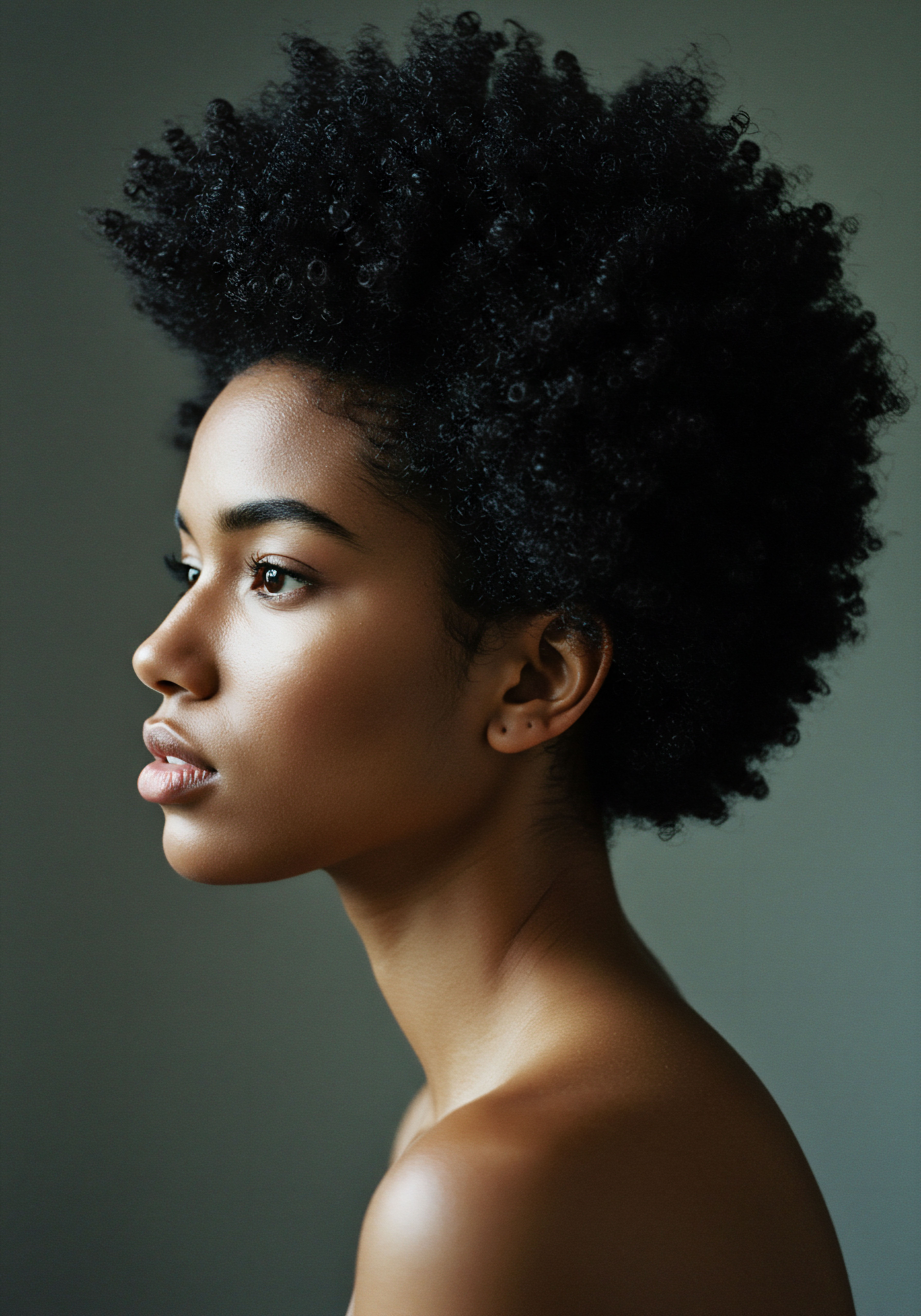
What Data Points Illuminate the Enduring Spiritual Connection?
While quantitative statistics on spiritual beliefs are rare, anthropological studies and historical accounts offer compelling examples of hair’s spiritual significance. One such example comes from the Yoruba tribe of Nigeria , where hair was considered sacred, acting as a medium of spiritual energy that connects individuals to their ancestors and deities. Devotees of certain deities were expected to maintain specific braided styles, elevating the hair’s worth due to its spiritual attributes.
This practice was not merely aesthetic; it was a visible declaration of spiritual allegiance and a means to strengthen the individual’s connection to the divine forces they revered. This highlights how deeply intertwined hair practices were with religious devotion and cosmology.
Another compelling instance can be observed in the Himba tribe of Namibia , where hair rituals are central to expressing life stages and connections to the land and ancestors. Himba women coat their hair with a distinctive red ochre paste called ‘otjize,’ a blend of butterfat, ochre, and aromatic resin. This paste is not only for aesthetic appeal and protection from the sun but also symbolizes blood, the essence of life, and the earth’s rich red color, thus linking their hair directly to their environment and lineage. Young Himba girls wear two braids, called ozondato, symbolizing youth, which then change to braids covering their face as they mature, signifying readiness for marriage.
This constant evolution of braided styles, combined with the ‘otjize’ paste, visibly demonstrates a living, breathing connection to their spiritual and cultural heritage, passed down through generations. The application of ‘otjize’ itself is a daily ritual, a continuous affirmation of their bond with the earth and their ancestors.

The Ongoing Dialogue with Heritage
The echoes of these ancient spiritual connections continue to resonate in contemporary textured hair practices. The decision to wear natural styles, including braids, often carries a conscious or subconscious connection to ancestry, self-acceptance, and a celebration of heritage. This modern resonance is a testament to the enduring power of these traditions, proving that the language of braided hair, born in early African cultures, remains a living, evolving form of expression and spiritual connection.
The idea of hair as an “antenna” persists in some contemporary African and diaspora spiritual beliefs, where natural hair is thought to enhance spiritual awareness and even telepathic connections. This continuation underscores that the spiritual significance of braided hairstyles is not confined to history books but remains a vibrant part of cultural identity and spiritual practice for many.
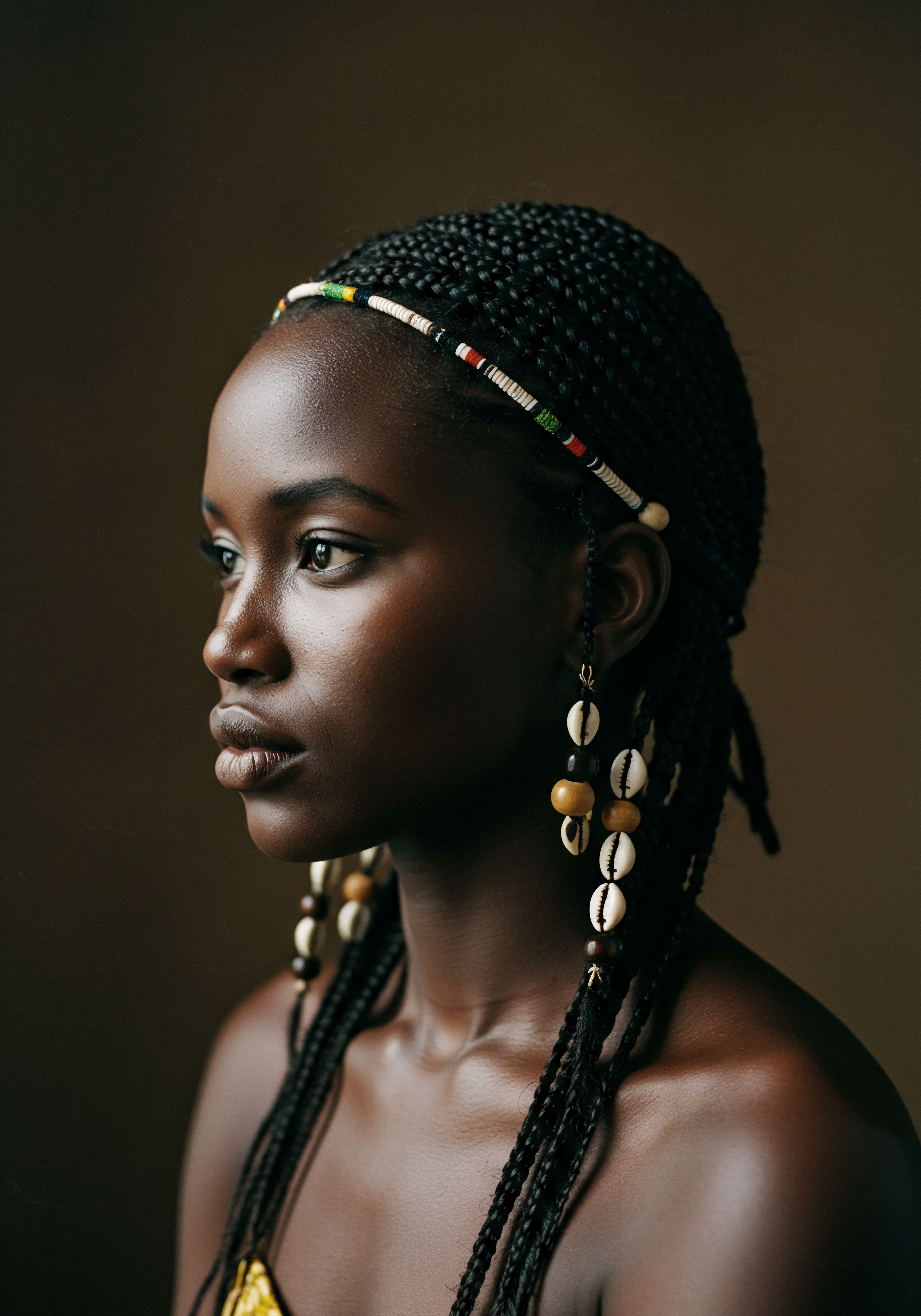
Reflection
As we gently close this exploration, a quiet understanding settles upon us ❉ the story of braided hair in early African cultures is a profound one, far deeper than surface appearances suggest. It is a testament to human ingenuity, a chronicle of community bonds, and a sacred conversation with the unseen. Each braid, whether a simple plait or an elaborate coiffure, carried a universe of meaning, reflecting not just the individual, but the collective spirit of a people deeply connected to their world. This enduring legacy invites us to look beyond the superficial, to see the artistry, the history, and the quiet power held within every strand, recognizing hair as a timeless crown, rich with ancestral whispers and spiritual grace.
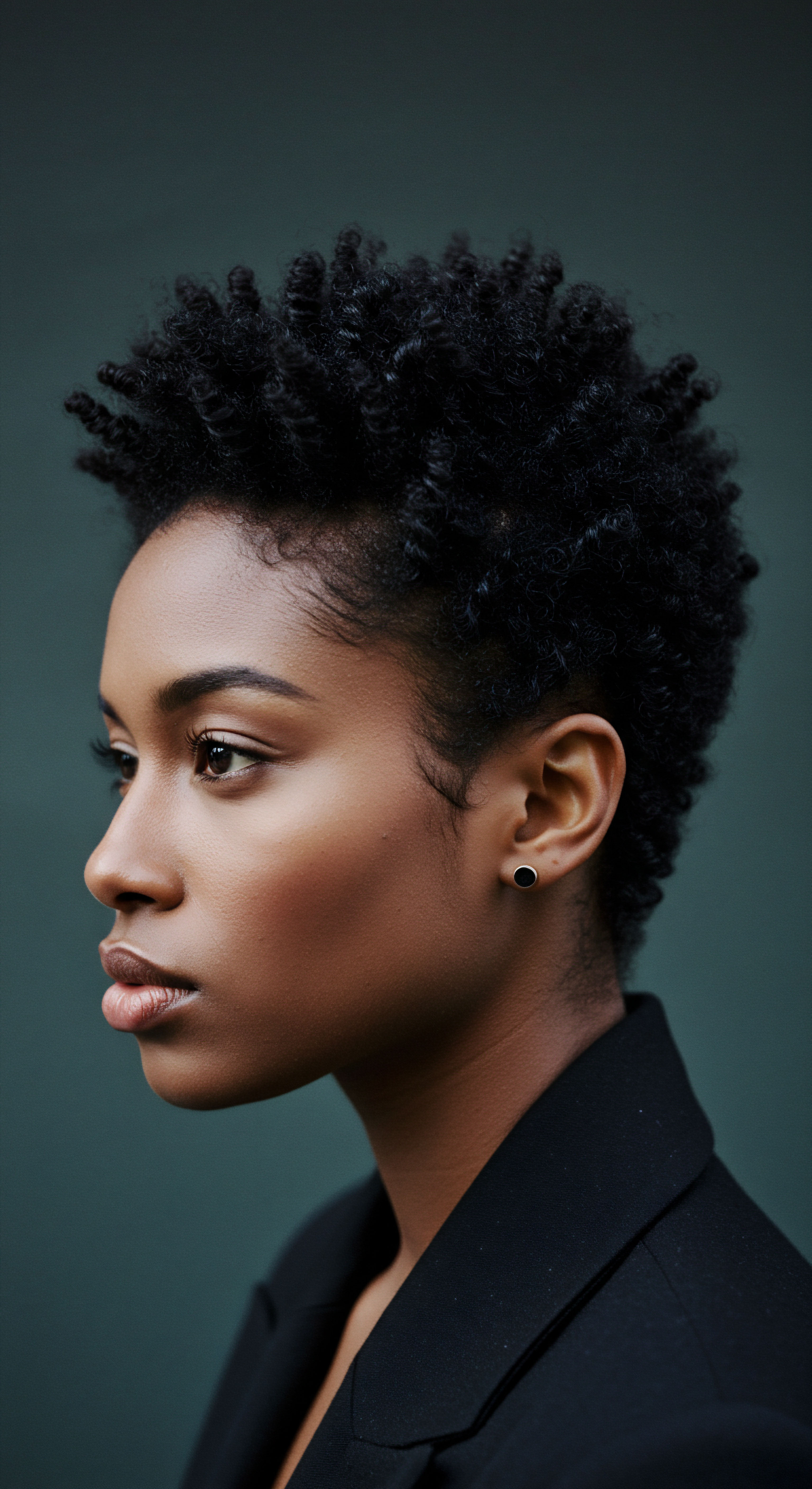
References
- Byrd, Ayana, and Tharps, Lori. Hair Story ❉ Untangling the Roots of Black Hair in America. St. Martin’s Press, 2001.
- Fashola, Joseph O, and Abiodun, Hannah O. “The Ontology of Hair and Identity Crises in African Literature.” IASR Journal of Humanities and Social Sciences, vol. 1, no. 1, 2023.
- Glace, Nathan, and Waldstein, Anna. “Spiritual hair ❉ dreadlocks and the bodies multiple in Rastafari.” Journal of the Royal Anthropological Institute, vol. 28, no. 3, 2022.
- Johnson, Theresa A. and Bankhead, Tina. “Hair It Is ❉ Examining the Experiences of Black Women with Natural Hair.” Journal of Black Studies, vol. 45, no. 2, 2014.
- Matjila, Chéri R. “The meaning of hair for Southern African Black women.” Master’s thesis, University of the Free State, 2020.
- Mbodj, Mohamed. “The Spiritual Significance of Hair in African Culture.” Columbia University, cited in “Hairstyles in African Culture,” Trip Down Memory Lane.
- Omotos, Adetutu. “The History of African Hair.” Journal of Pan African Studies, 2018.
- Sieber, Roy, and Herreman, Frank. Hair in African Art and Culture. Museum for African Art, 2000.
- Sherrow, Victoria. Encyclopedia of Hair ❉ A Cultural History. Greenwood, 2006.
- Tassie, G. J. “Hair-Offerings ❉ An Enigmatic Egyptian Custom.” Archaeology International, vol. 10, 2006-2007.